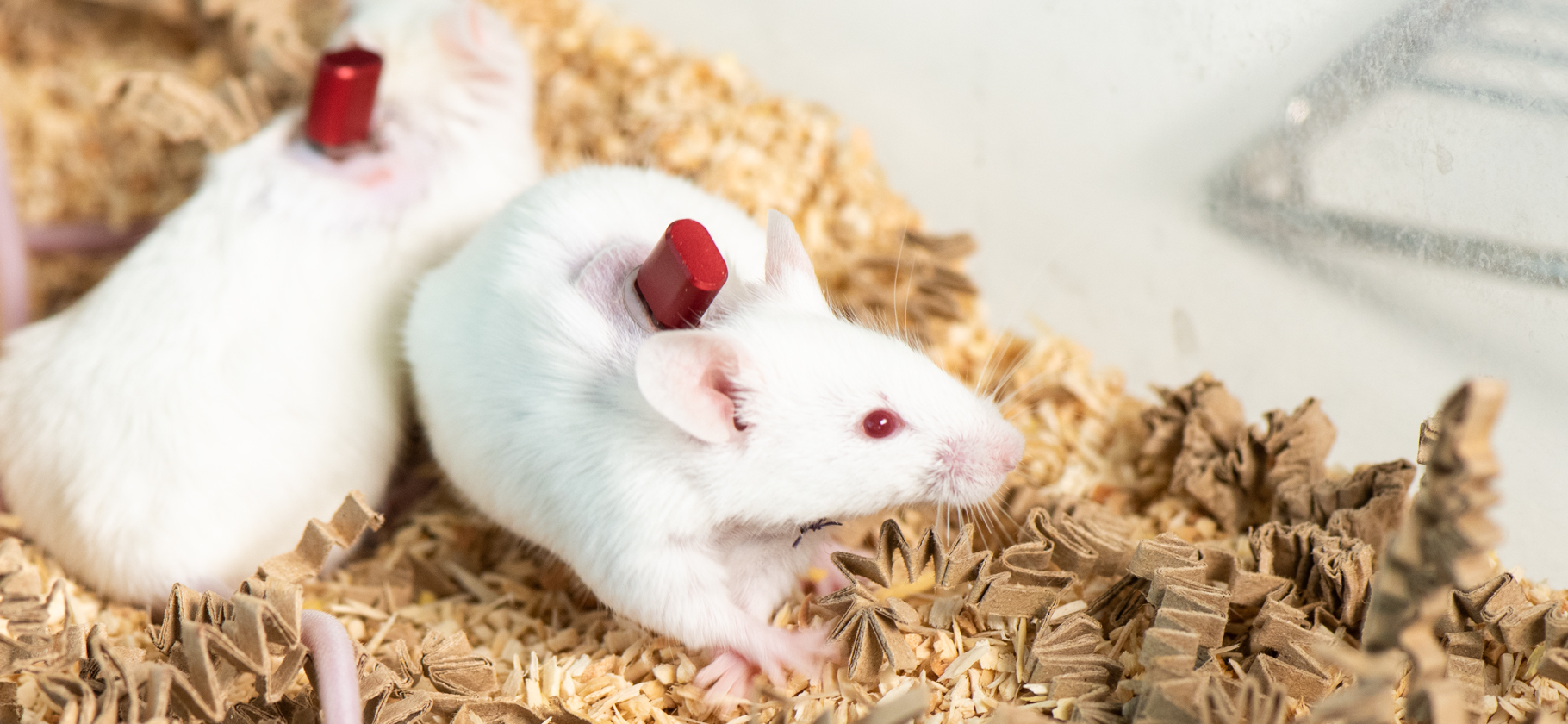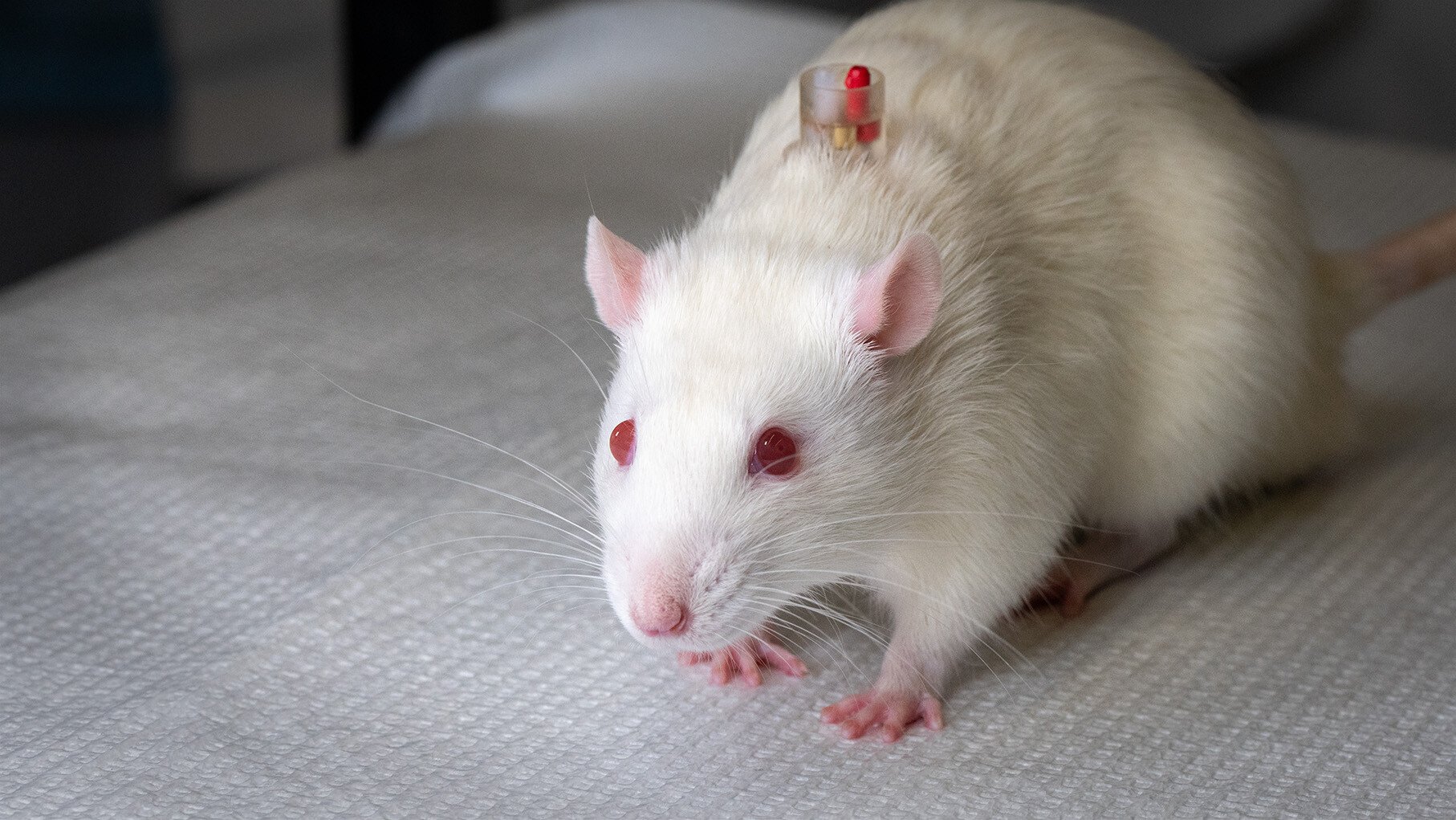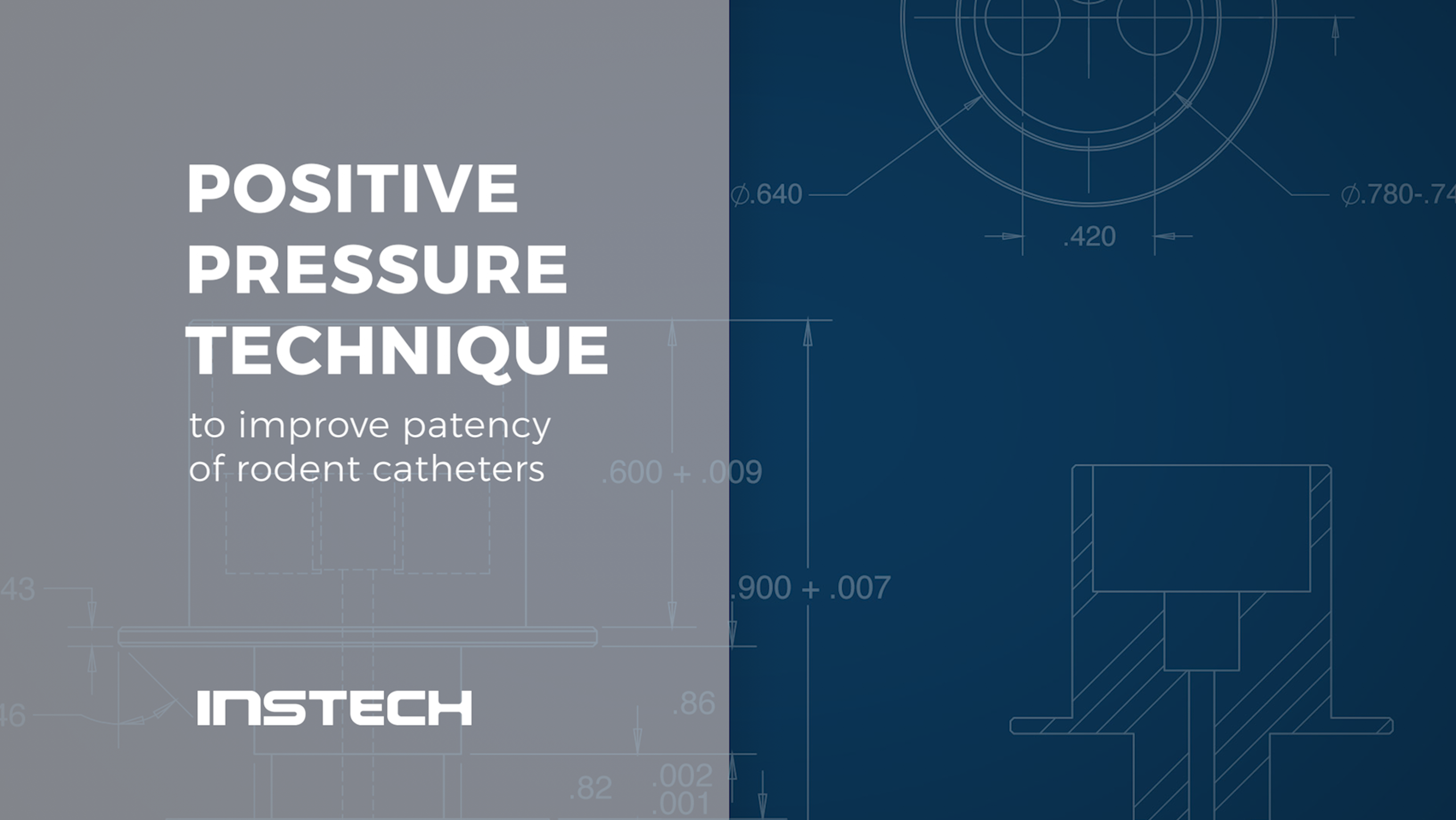
Researchers continued to present their refinements to rodent infusion and sampling using Instech Vascular Access Buttons™ (VAB™) at this year’s virtual AALAS conference, with three of the 59 posters in the Animal Welfare category covering this method of externalizing rodent catheters.
- The first, P8: Patency of Jugular and Femoral Vein Catheters Attached to Transcutaneous Buttons in Sprague Dawley Rats with Weekly Maintenance by Charles River, compared patency of jugular and femoral vein catheters in rats for infusion and sampling over nine weeks. The catheters were accessed only once a week and locked with simple heparinized saline (20IU/ml) after the first week. Patency for blood sampling was excellent out to 4-5 weeks, while infusion patency was good out to nine weeks for both vessels. We do not see much of a difference between the jugular and femoral veins in the data, though the study authors give the edge to femoral for blood sampling. The female groups showed lower bidirectional patency than the male groups.
- The second, P31: Refinements to Intermittent Intravenous Infusion Procedures in C57BL/6 Mice to Achieve Study Endpoints and Improve Animal Welfare, also by Charles River, looked at a protocol where an IV dose was to be given twice a week for six minutes. Rather than restraining the mouse and dosing through the tail with a needle (which causes stress), or connecting the animal to an infusion tether and swivel (overkill for such a short dose), they connected a pump directly to an implanted Vascular Access Button™ using a simple tubing extension set. During the six minutes the mice were sufficiently interested in exploring the dosing cage that they did not interfere with the tubing. When they were left for more than 10 minutes they started to bite the line. All catheters were patent out to six weeks. We think this method has great potential for intermittent dosing of both rats and mice, and are honestly surprised it hasn’t caught on sooner. Animals can be group housed in between time points, animal welfare is improved, and significantly less equipment is required compared to a full continuous infusion study. Researchers should be able to use protected tethers for longer doses.
- The third, P43: Transcutaneous Buttons Improves Jugular Vein Catheter Bidirectional Patency Duration in LVG Golden Syrian Hamsters, again by Charles River, showed 83% patency for infusion out to nine weeks when a jugular vein catheter was connected to a PinPort™ or exteriorized with a mouse Vascular Access Button™. The VAB™ animals had two weeks of patency for blood sampling compared to one week for the PinPort™ group. These patency durations are not as long as has been reported for rats and mice with the VAB, but are a significant improvement over the patency limit of 10 days they report with standard exteriorized catheters in hamsters. Syrian hamsters are an important species for coronavirus research. At a minimum these techniques could help reduce the number of animals required for a study, or even allow a study to be successful that would have otherwise failed.
These posters will be available on the AALAS National Meeting website until the end of the year. To learn more about the Vascular Access Button™, visit https://www.instechlabs.com/button.


